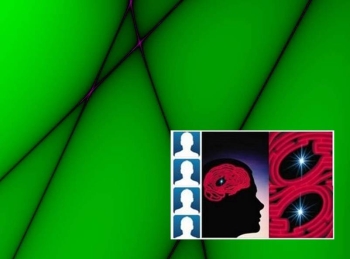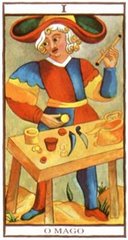Malária, a "besta" em forma de um mosquito fêmea
Voar pela picada com objectivos bem definidos ... para encontrar o caminho certo e de repente .... bissonte, as formigas guerreiras e mais adiante diziam-me sobre lacraus. Um homem dizia-me também que tinha 40 e poucos anos e que pouco mais esperava viver. Ainda não tinha percebido que me encontrava num cemitério, até ao momento em que uma pequena caixinha nas maõs de um outro homem tombou sobre a terra.
Malária ... uma "besta" terrível na morte das pessoas, especialmente nas crianças.
É hora de me sossegar ... as terras africanas são duras ... e delas só temos que falar bem. Apesar de "ser proibido proibir", a alegria e a liberdade e especialmente o tempo dão "conta" de nós.
A força do que vimos e observamos é toda interior, é integrada e quem não se dobra perante a sua dimensão ... muita coisa ainda têm de compreender na vida. Vos falarei do tempo ... mas o de lá quando lá estiver... porque este, o de cá, é manipulador, dono das nossas vidas, prisão das mentes e do livre arbitrio.
What is malaria?
Malaria is a common, yet deadly, tropical disease caused by a parasite. Humans contract malaria when they are bitten by a mosquito carrying the parasite, which is then injected into the bloodstream. There are four species of parasites that cause malaria in humans. The most common species in Africa is the Plasmodium falciparum species, which causes the most virulent and potentially deadly form of the disease. The Plasmodium vivax species, causes a recurrent, episodic, but not life-threatening form of malaria. The other two species are Plasmodium ovale and Plasmodium malariae.
Malaria is a public health problem in over 100 countries in the world. Approximately 40% of the global population – two billion people – live in areas where malaria is a constant threat.
How many people get malaria each year? How many die?
Estimates range from 300-500 million cases of malaria each year. Ninety percent of those cases are in sub-Saharan Africa alone.
One million people die from malaria each year. Three-quarters of all malaria victims are children. Malaria takes the life of 3,000 children each day in Africa.
What are the symptoms of malaria?
Malaria symptoms typically appear 10 to 16 days after the infectious mosquito bite, when the infected red blood cells begin to burst. Victims experience flu-like symptoms, including chills, fever, sweating, along with nausea, headache, and vomiting.
The most virulent form of the disease – the P. falciparum malaria (found predominately in Africa) – can be fatal within a matter of hours if not treated.
Who is most vulnerable to malaria?
Young children are most vulnerable because they have not build up any protective immunity, and without immunity, the infections tend to be more severe and life-threatening. Pregnant women are at-risk because their immune systems are weakened by pregnancy. People suffering from other diseases and conditions that affect the immune system, such as malnutrition, HIV/AIDS, or anemia are also vulnerable.
How does malaria affect children?
Over 40% of the world’s children live in places where malaria is a constant threat. Most children die from malaria because they do not get effective treatment. The most severe form of malaria – cerebral malaria – will cause convulsions, coma, and death in 93% of children affected. The seven percent who survive are left with permanent neurological problems, such as epilepsy, blindness, weakness, speech problems, and significant cognitive development problems. The most common cause of death from malaria among young children is the severe anemia which results from repeated infections. This occurs when inadequate treatment causes a failure to fully clear the parasites from their systems. Additionally, infants born to women who had malaria during their pregnancy tend to be of low birth weight or premature, both of which decreases their chances of survival during their first years.
How is malaria treated?
One of the most difficult aspects in treating malaria is the increase of drug-resistant parasites that have rendered traditional antimalarial drugs, such as chloroquine and sulfadoxine-pyrimethamine (SP), ineffective. However, a very promising development in anti-malarial treatment is Artemisinin-based Combination Therapy (ACT). Artemisinin is a compound derived from the sweet wormwood plant and has been used for centuries in traditional Chinese medicine to treat fever. By combining artemisinin with two or more drugs that act differently and have different targets in the body, the potential for resistance is delayed. The World Health Organization recommends ACT as the front-line treatment for malaria, and major pharmaceutical companies and governments are working together to increase production and reduce the costs of these drugs.
Can malaria be cured?
Malaria can be cured with prompt diagnosis and correct drug treatment. But there is a double-burden of increased drug resistance and limited access to health care in many of the most malaria-prone areas. Prevention is the key to saving lives.
SM, palavra fractal






































































































































































